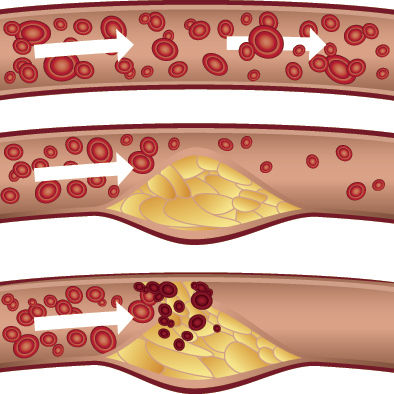HARLINGEN & BROWNSVILLE – Depending on the type and dosage, statin pills can be yellow, pink, white, green, buff, tan, brick red, orange or peach, and round, oblong, oval, elliptical or rectangular with rounded edges. But all the pills are prescribed to achieve the same result – lower cholesterol.
Statins, or HMG-CoA reductase inhibitors, are one class of many cholesterol-lowering drugs.
Cholesterol is a waxy substance found throughout the body that is vital to the normal function of cells.
Too much cholesterol can build up on the walls of arteries that carry blood away from the heart to other parts of the body.
Ultimately, too much cholesterol may eventually clog the arteries and prevent the heart from getting the blood it needs.
Because there are no warning symptoms of high cholesterol, it is important to have blood cholesterol levels checked at least once every four to six years for adults 20 years or older.
Patients without heart disease usually follow a six-month program of reduced dietary saturated fat and cholesterol, coupled with physical activity and weight control, to bring down cholesterol levels.
If this is not successful, a statin may be prescribed after cholesterol levels and other risk factors for cardiovascular disease are evaluated.
Statins include medication such as lovastatin, pravastatin, simvastatin, fluvastatin, atorvastatin and rosuvastatin.
The drugs are typically well tolerated by most people, but some may experience side effects such as muscle and joint aches, nausea, diarrhea or constipation.
In addition to lowering cholesterol, statins may have other benefits.
The drugs have shown to have anti-inflammatory properties, which can help stabilize the lining of blood vessels and lessen the chances of plaques rupturing, and lower the risk of blood clots.
In 2013, The British Medical Journal questioned the benefits of statins, causing more than 200,000 patients stop their treatment over a six-month period.
As a result, this is expected to lead to more than 2,000 additional heart attacks and strokes over the next 10 years.
A statin may be recommended for people who have high cholesterol, which is a total cholesterol level that is 240 milligrams per deciliter (mg/dL) or higher, or a low-density lipoprotein (LDL or “bad”) cholesterol level of 130 mg/dL or higher, as well as other risk factors that include:
• A family history of high cholesterol or
cardiovascular disease
• Overweight or obesity
• An inactive lifestyle
• Smoking
• Diabetes
For more information about statins, talk with your doctor and visit http://valleybaptist.staywellsolutionsonline.com/




